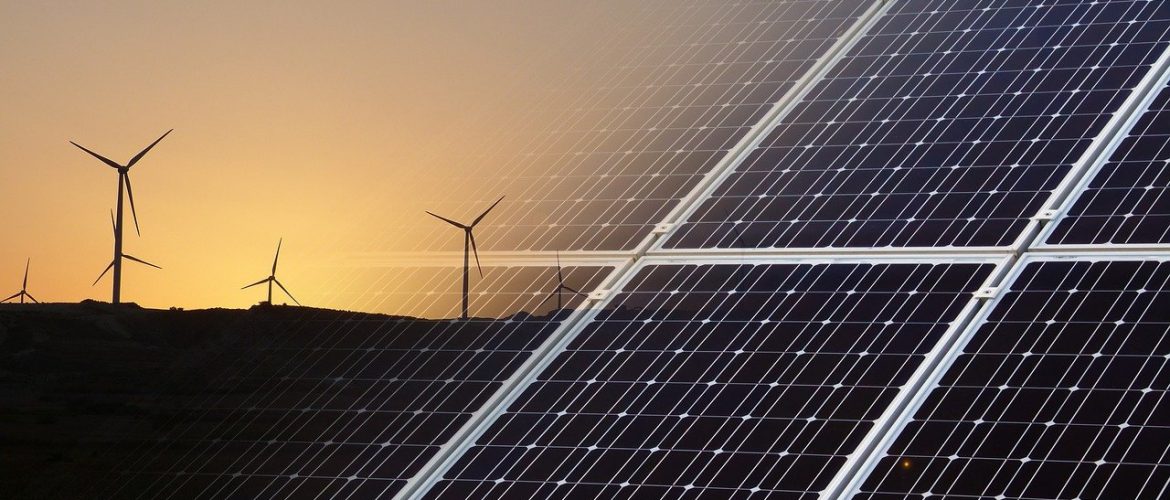According to the latest available monthly data from the Greek IPTO (ADMIE) for the interconnected network (October 2023):
Renewables maintained the lead in electricity production in the first ten months of 2023 cumulatively (17,809 GWh), surpassing fossil gas and lignite together (16,133 GWh) by 1.7 TWh. Following a steadily increasing trend over the last 10 years, renewables were in first place in the first ten months of 2022 as well but were far behind the cumulative contribution of fossil gas and lignite (-3,158 GWh) and had a much smaller difference than the fossil gas which was second (+1,508 GWh in 2022 compared to +5,324 GWh in 2023).
Additionally, in the ten months of 2023 and despite the “dip” in 2023 compared to 2022, fossil gas remained in second place (12,486 GWh), while net imports were in third place with 4,298 GWh. This was followed by lignite (3,647 GWh), and large hydro (3,260 GWh). Lignite in particular reached an all-time low in terms of its contribution in the first ten months of the year, compared to the same period of the previous years.
The large decrease of gas in the contribution to electricity production during the first ten months of the year compared to the same period in 2022 (-2,708 GWh), and the smaller, yet important, decrease from lignite (-1,019 GWh) and large hydro (-240 GWh), were primarily offset by the large increase in net imports (+1,464 GWh), then by the reduction in electricity demand (-1,405 GWh) and finally by the increased contribution of renewables (+1,108 GWh). The above sequence is a partial reversal of the situation up to June 2023, where the reduction in gas and hydro production was primarily offset by the reduction in demand. However, the very significant increase in demand during July and August 2023 reversed this trend cumulatively for the overall ten-month period. Of course, the increase in exports in September and October reduced the cumulative net imports in the ten-month period so that the increase in imports exceeded the decrease in demand by only 59 GWh.
The corresponding percentage changes in the first ten months of the year compared to the same period in 2022 were as follows:
Lignite: -21.8%
Fossil Gas: -17.8%
Renewables: +6.6%
Hydro: -6.9%
Net imports: +51.6%
Demand: -3.3%
Clean energy from renewables and large hydro (21,069 GWh) in the first ten months of 2023, exceeded fossil fuel-based production (16,133 GWh) by almost 5 TWh, recording a historic record for the last 10 years. It was down by 18.9% compared to the 10-month period of 2022. The difference between clean energy and fossil fuels in 2022 was much smaller, just 342 GWh.
Renewables, together with large hydro covered more than half of the demand (50.8%) in the first ten months of 2023. This occurred for the first time in the nine-month period with a slightly lower share (50.2%). As a result, clean energy with 21,069 GWh surpassed fossil fuels and net imports combined (20,431 GWh). Their contribution to domestic electricity production was even greater, as renewables together with large hydro had a share of 56.6%, exceeding the 2022 performance by more than 6 percentage points (50.4%).
The share of renewables in meeting demand (excluding large hydro) was also high, with a share of 42.9%, 4 percentage points above the previous high of 2022 (38.9%). The rest of demand during the ten-month period was met by fossil gas with a share of 30.1% (the lowest since 2019), net imports with 10.4%, lignite with 8.8% and large hydro with 7.9%.
Especially for October 2023:
– Lignite production (358 GWh) increased by 29.2% compared to October 2022 (227 GWh). It was the third month in 2023 that saw a monthly increase compared to last year. It is noteworthy that almost all the lignite-based electricity generation (88.4%) came from PPC’s new lignite unit “Ptolemaida 5” (317 GWh).
– The production of fossil gas (1,327 GWh) also increased by 67.3% compared to October last year.
– Electricity generation from renewables (1,638 GWh) was down 13.3% compared to October 2022, and was the third lowest monthly production for 2023.
– On the other hand, production from large hydro (441 GWh) increased by 112.7%, recording the highest monthly production for 2023.
– It was the second net export month for 2023 after September, with net exports of 99 GWh.
– Electricity demand (3,665 GWh) was the third lowest for 2023 and appeared slightly higher than the same month in 2022 (0.6%).
Cumulative consumption for the first ten months of 2023 (41,513 GWh) decreased by 3.3% compared to the same period last year and by 3.4% compared to the average of the last five years. However, the downward trend in demand has been steadily easing from month to month.




















































































































































































































































































































